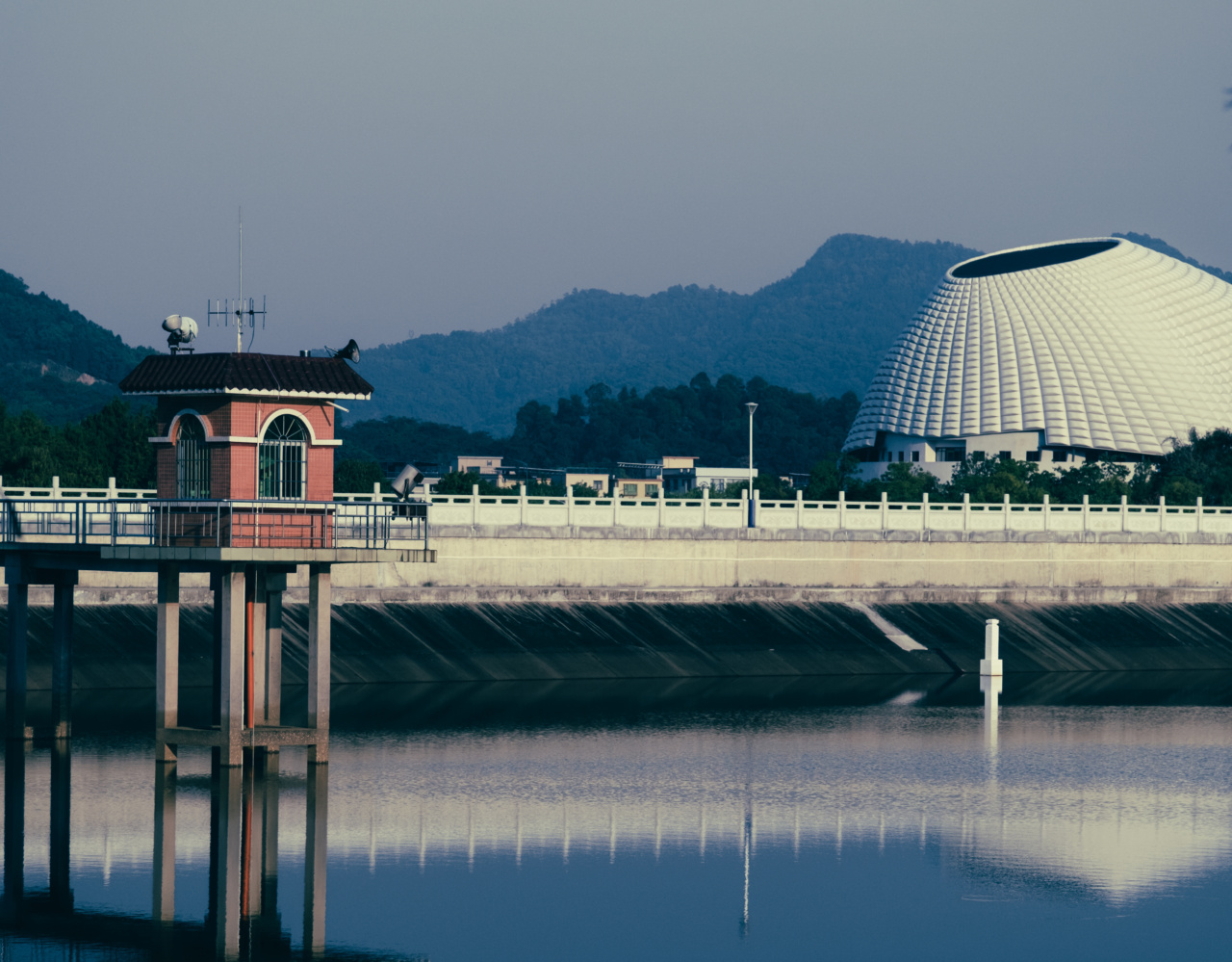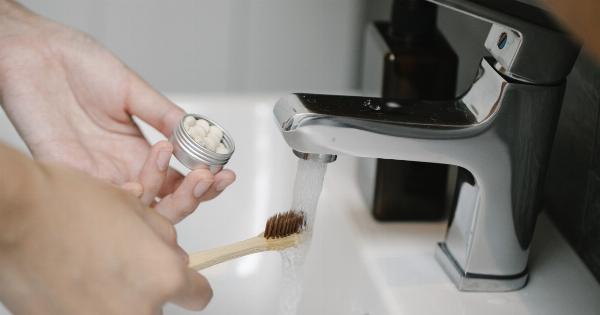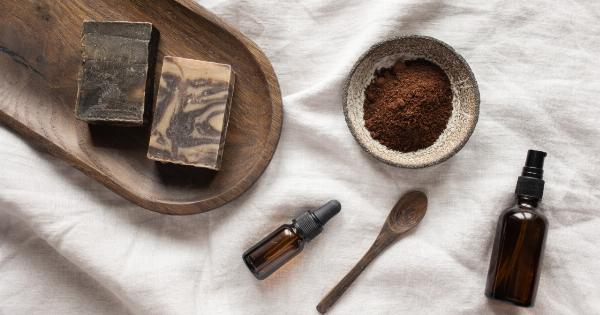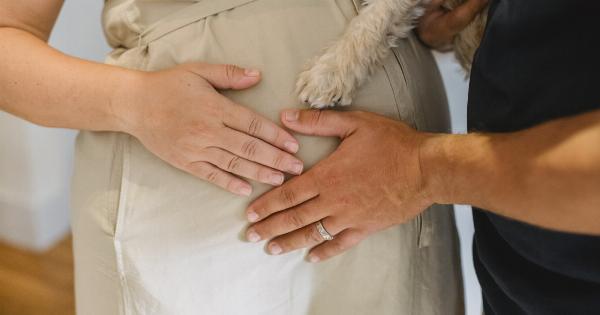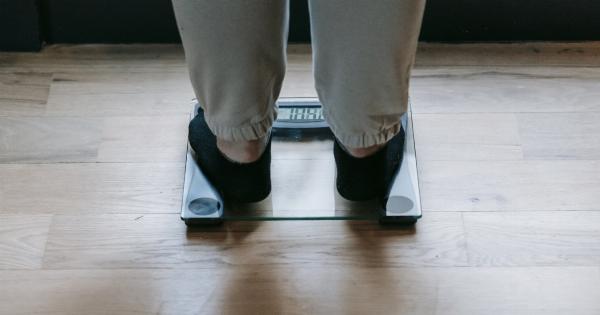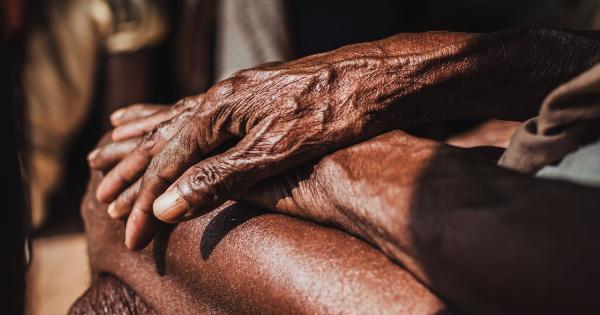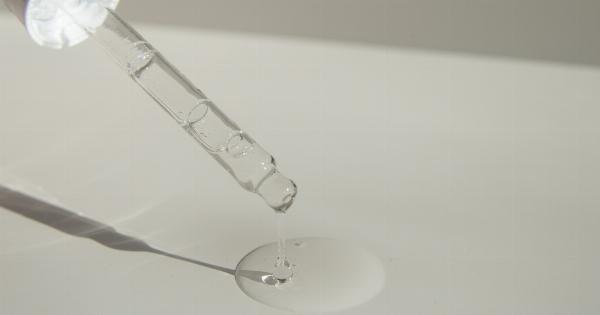Water retention, also known as edema, is the accumulation of excess fluids in body tissues. It can be caused by a variety of factors, including medication, hormonal changes, and certain medical conditions.
The symptoms of water retention include swelling, puffiness, and discomfort, particularly in the legs, ankles, and feet. While it can be challenging to manage, there are several effective strategies that can help treat or prevent water retention.
1. Exercise Regularly
Engaging in regular physical activity is crucial for managing water retention. Exercise helps promote lymphatic flow, which is responsible for removing excess fluid from the body.
Cardiovascular exercise, like brisk walking, running, and cycling, can also help improve blood circulation, reducing inflammation and swelling.
2. Monitor Sodium Intake
Sodium is an essential mineral that plays a vital role in regulating fluid balance in the body. However, excessive sodium intake can lead to water retention.
To reduce your sodium intake, avoid processed foods and snacks, limit your use of table salt, and replace high-sodium seasonings with lemon juice, herbs, and spices.
3. Increase Water Intake
While it may seem counterintuitive, increasing your water intake can actually help decrease water retention. Drinking adequate amounts of water helps flush excess fluids from the body and prevent dehydration, which can worsen water retention.
Aim to drink at least eight glasses of water per day, and increase your intake if you’re exercising or in hot weather.
4. Elevate Your Legs
Elevating your legs above heart level for periods of twenty minutes can help to reduce swelling in your legs and ankles. This technique works by helping fluid to move from your legs back into your system, reducing overall fluid retention.
5. Engage in Light Massage
Light massage, especially on areas that experience swelling, may help lymphatic flow and reduce fluid retention. Try techniques such as lymphatic drainage to improve circulation and reduce muscle tension that could be hindering fluid flow.
6. Wear Compression Socks or Garments
Compression stockings and garments help prevent the pooling of fluid in the legs and promote blood circulation. Compression garments such as stockings can also reduce the risk of blood clots.
Consult with your physician to determine if compression garments are a good choice for you.
7. Avoid Sitting or Standing for Prolonged Periods
Standing or sitting for extended periods can make it harder for the lymphatic system to move fluids around your body.
If sitting or standing is a requirement for your job or activities, attempt to take frequent breaks and move around, stretching your legs and taking a short walk every once in a while.
8. Consume Anti-Inflammatory Foods
Skipping artificial or added sugars, unhealthy fats and processed foods can also help.
Instead, consuming foods with anti-inflammatory properties, like inflammation-fighting foods, and specific nutrients can help with reduction in swelling and fluid retention. Foods that are rich in vitamins A, C, D, and E can also be beneficial as they help to improve blood circulation and promote fluid drainage.
9. Try Natural Diuretics
Natural diuretics can help flush excess fluids from the body and reduce water retention.
These can include foods like leafy greens, cucumbers and watermelon which are low in sodium and contain high amounts of water, making them great options to add into your diet. Herbal teas such as parsley, dandelion and green tea all have been help to encourage urination and support liver function.
10. Speak with your Physician
Water retention can be a symptom of an underlying medical condition such as kidney disease, heart disease, or liver disease.
Speak to your physician if you experience persistent or severe water retention, especially if it is accompanied by other symptoms such as fatigue, shortness of breath, or chest pain.
